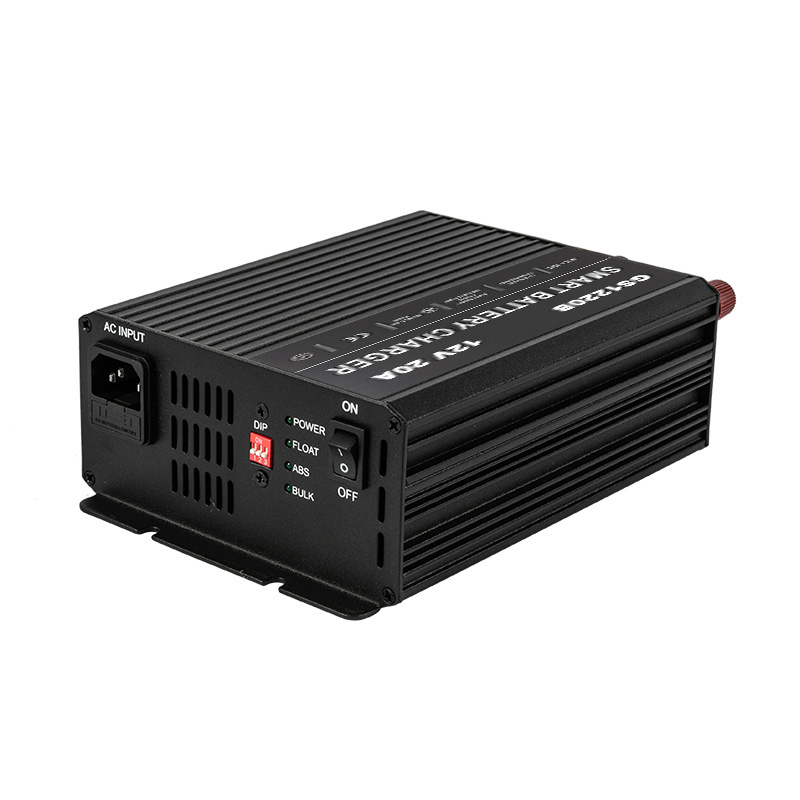Understanding the Essentials of an AC to DC Battery Charger
2024-06-11
In the world of electronics and battery-powered devices, the AC to DC battery charger plays a crucial role in ensuring that our batteries are always juiced up and ready to go. But what exactly is an AC to DC battery charger, and how does it work? Let's dive into the essentials and demystify this vital component.
What is an AC to DC Battery Charger?
At its core, an AC to DC battery charger is a device that converts alternating current (AC) from a power source, such as a wall outlet, into direct current (DC) to charge a battery. Batteries, in most cases, require a steady and consistent flow of DC to charge effectively.
Why the Conversion?
Most household power sources provide AC, which is an electric current that reverses its direction periodically. However, batteries operate on DC, a type of electric current that flows in one direction. This means that the AC from a wall outlet needs to be converted into DC before it can be used to charge a battery.
How Does It Work?
An AC to DC battery charger typically consists of several key components:Rectifier: This is the heart of the conversion process. The rectifier takes the incoming AC and converts it into pulsating DC.Filter: The filter smoothes out the pulsating DC output from the rectifier, resulting in a more stable DC current.Voltage Regulator: This component ensures that the DC output voltage remains constant and within the desired range, protecting the battery from overcharging or undercharging.Why is It Important?
Having a reliable AC to DC battery charger is crucial for several reasons:It ensures that your batteries are charged safely and efficiently.It prevents overcharging or undercharging, both of which can damage the battery and shorten its lifespan.It provides the necessary power to keep your battery-powered devices running smoothly.Types of AC to DC Battery Chargers
There are various types of AC to DC battery chargers available, each designed for specific applications and battery types. Some common types include:Linear Chargers: These chargers use a simple design and are often inexpensive. However, they can be less efficient and produce more heat.Switch-Mode Chargers: More advanced and efficient, switch-mode chargers use high-frequency switching to convert AC to DC. They are often preferred for applications requiring higher charging speeds and efficiency.Intelligent Chargers: These chargers have additional features such as automatic detection of battery type and state of charge, as well as adjustable charging parameters. They provide more control and flexibility.Conclusion
In summary, an AC to DC battery charger is a vital tool that converts household AC power into the DC needed to charge batteries. Understanding its function and importance can help you select the right charger for your needs and ensure that your batteries are always fully charged and ready to go.


